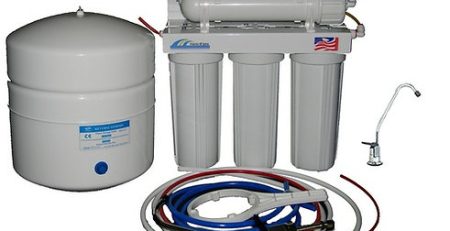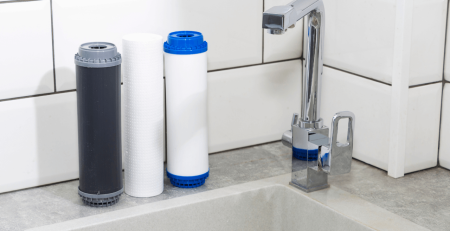How to Remove Chlorine from Water
We all went to the pool at least once and heard the phrase “there is too much chlorine in this water”, and if it never happened to you, you were lucky. But what exactly is chlorine? Chlorine is nothing more than a gas that has been compressed and has become liquid, in fact at room temperature it is simply a gas. So why is it used in water? Well, chlorine is used precisely in swimming pools, because chlorination is the most common way to disinfect water from harmful microorganisms such as bacteria, viruses and protozoa. Chlorine is a very inexpensive and very effective disinfectant and is therefore used in many places.
Chlorine-Free Water: How to Eliminate It
The acceptable limit of free residual chlorine in water is 0.2 mg / L and the maximum permissible limit (in the absence of an alternative source) is 1.0 mg / L. This is because despite the effectiveness of chlorine, it is believed to have different side effects (besides the strong smell and bad taste). Chlorine used in high concentrations can kill in minutes, in fact it was used as a chemical weapon in the First World War. Chlorine can form harmful disinfection byproducts in our water such as Trihalomethanes (THM) and Haloacetic acids (HAA) which can pose health risks. The chlorine present in drinking water not only kills harmful bacteria, but also kills the friendly bacteria found in our intestines which help in digesting food, so drinking water with chlorine can cause digestion problems.
How Do You Remove Chlorine from Water?
Let’s see some methods to put into practice to remove chlorine from water: – Carbon filter A carbon filter uses small pieces of carbon to remove contaminants and impurities using chemical adsorption. The activated carbon used in these filters usually consists of coconut shells, wood or coal. The activated carbon filter is very good as a chlorine water purifier, and completely removes chloramine. The only disadvantage is that you have to change it often.
Nowadays, most water purifiers are equipped with an activated carbon filter. – RO (Reverse osmosis) Reverse osmosis uses a high quality semipermeable membrane to filter all the ions and particles from the water. The RO membrane only allows water to pass and blocks all chemical impurities and dissolved solids. RO also filters all chlorine and chloramines from the water.
All RO water purifiers require pre-filtration before water passes through the RO membrane. – Boiling Boiling creates heat and aeration, which causes chlorine to evaporate after 20 minutes. However, this method is not suitable for dechlorinating a large amount of water and does not remove chloramine. It is not a practical method as it requires a lot of thermal energy and is not suitable for a large amount of water.











